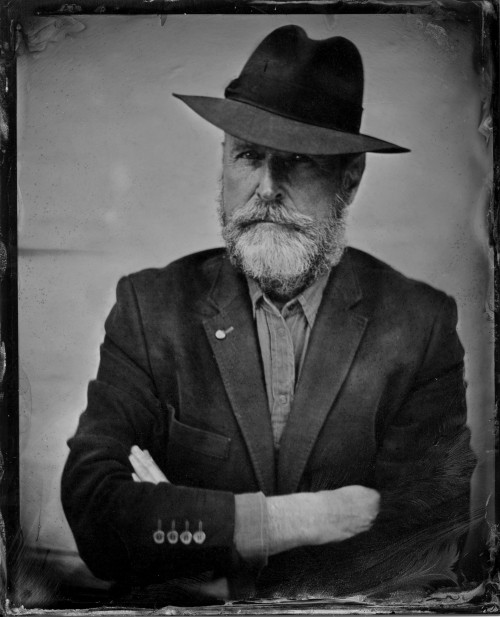Ånon II

Unique tunes; unique fiddler: Norwegian master fiddler Ånon Egeland finally releases a solo album!
Ånon Egeland is one of the most important contemporary fiddlers in the Scandinavian traditions, with a growing, dedicated audience around the world. More than any other Norwegian fiddler, his repertoire and playing style show us how tunes and techniques from masters of the previous generations can be the basis for contemporary musical expression. It is not just a question of being “inspired by” tradition, and it is more than simply “playing like the old masters”: Ånon creates a genuinely personal musical world with great emotional and communicative power.
His three last albums (Sorpesoll, Egeland/Edén/Marin, Farvel, farvel) have all been nominated for prestigious prizes. His playing is firmly rooted in the traditions of southern-most Norway, and is, at the same time, highly personal and contemporary in style. May 27th he releases his first solo album, consisting of a collection of traditional tunes from many different areas in Southern Norway. In addition to the Hardanger fiddle and the regular fiddle, Ånon also plays some tunes on a driving jew’s harp and a willow flute!
Ånon about the album:
This album is a homage to the performers who generously and freely invited the young man I once was into their homes, serving him coffee and cakes and – as if that weren’t enough – sharing their music with him. In doing so, they made me into a link in a long chain of tradition-bearers that stretches far back in time. My oldest teacher was born in 1893, his teacher in 1857 and his teacher again in 1811, and so on. It’s a humbling thought.
None of my teachers were involved in organised folk music circles; they played for the sheer joy of it and to keep their legacy alive. As a result, their repertoires and playing styles flourished freely, impervious to the influence of ideology and fashion. The qualities of their music and their relationship to it left an indelible mark on me.
I have made a point of creating a varied soundscape by using different instruments: the strings on the four Hardanger fiddles and three regular fiddles are made from different materials and the instruments are in different tunings. The three Jew’s harps also have different fundamentals in order to explore different timbres. With very few exceptions, none of the tunes on this album have been recorded commercially. In most cases, they come from the southern county of Agder – one of many areas of our country that lays claim to the cliché of being Norway in miniature. But Agder must be one of the more serious contenders to this title. Few other regions in the country boast a greater cultural variation, whether in dialects or other immaterial cultural heritage. The repertoire on this album reflects not just a similar diversity but also my musical journey and the fiddlers who helped shape me. Here we find the archaic alongside the new, ancient hallings rubbing shoulders with reels and waltzes.
All tunes trad, except 20 Sølvfakse by Ånon Egeland. Recorded at Leideren 42b, Risør by Ånon Egeland and Tellef Kvifte 2021, and at Department of Traditional Arts and Traditional Music, Rauland 2020. Mixed by Tellef Kvifte Mastered by Tor Magne Hallibakken. Supported by Arts Council Norway.

Ånon Egeland
Ånon Egeland has got his tradition from legendary fiddlers of Agder, and is best known as a promoter of this musical heritage. Ånon has a very personal style of play clearly rooted in tradition, and he has a large repertoire of rare tunes. Since he debuted on LP in 1977, he has participated in a dozen albums with the best tradition musicians in Scandinavia, he has spread his music in 22 countries on four continents. He has worked full time as a teacher in traditional music since 1988, and at the Institute of Folk Culture at Rauland, University College Southeast Norway, since 1999.
Distributed by Diger
![]()




